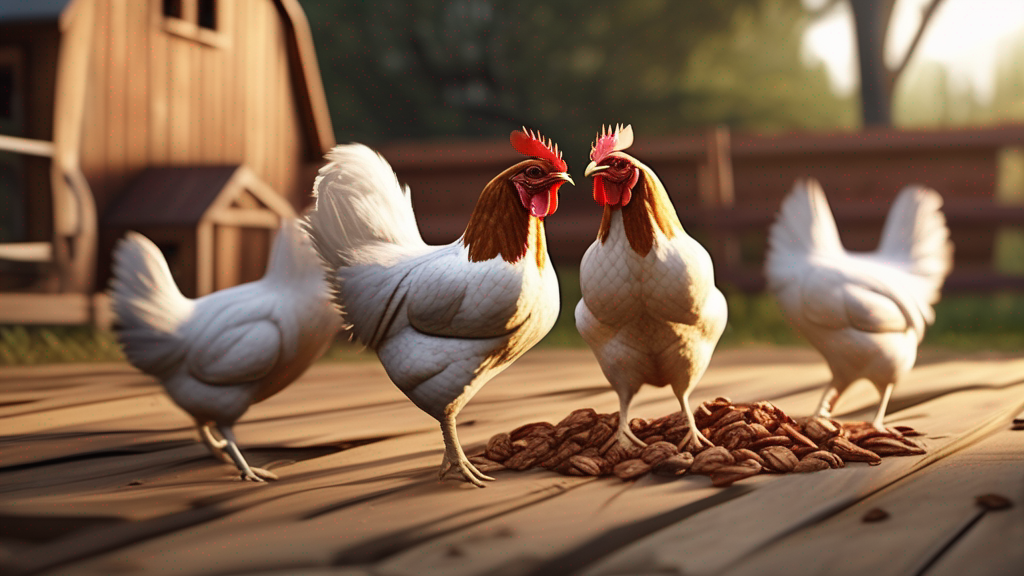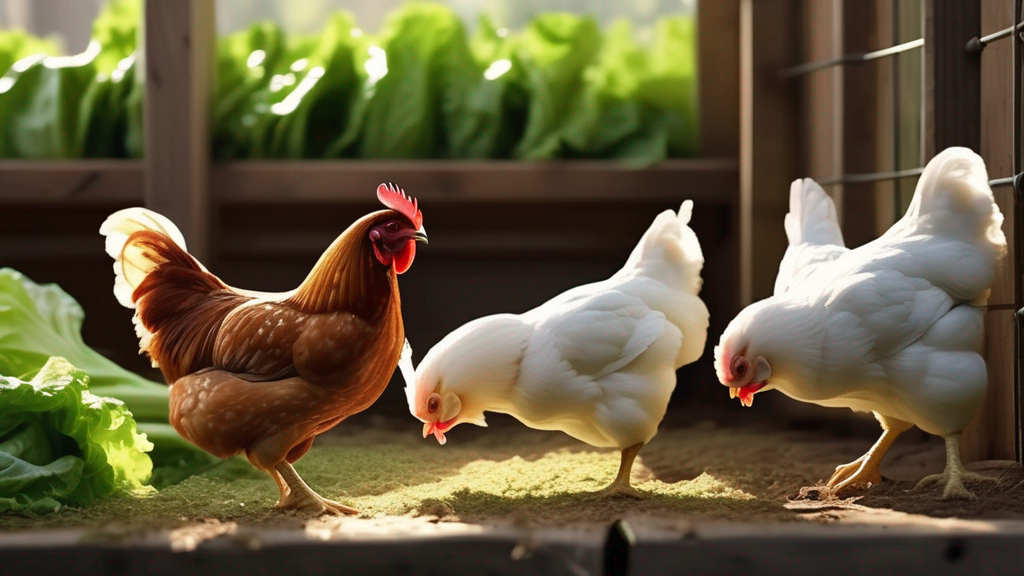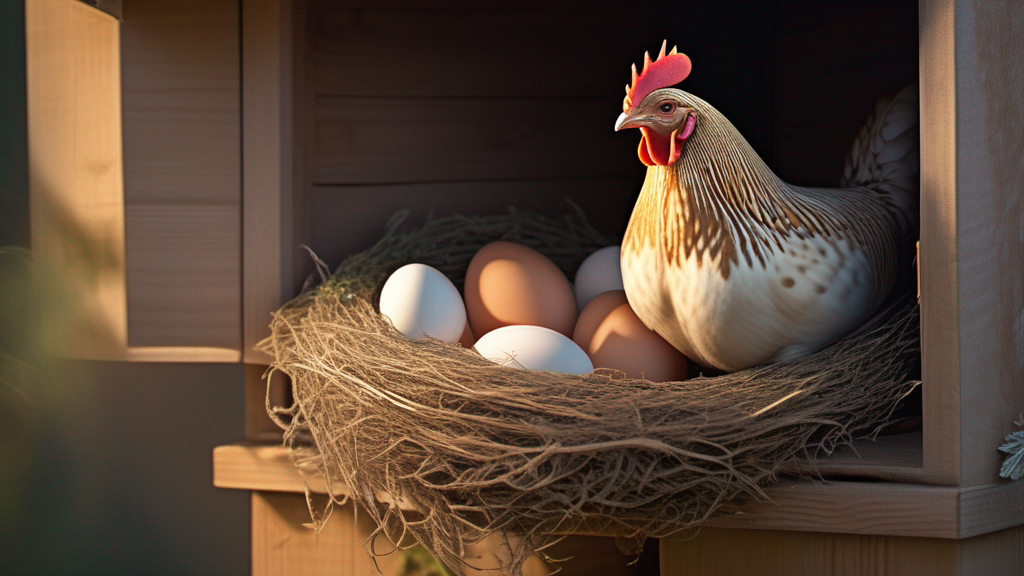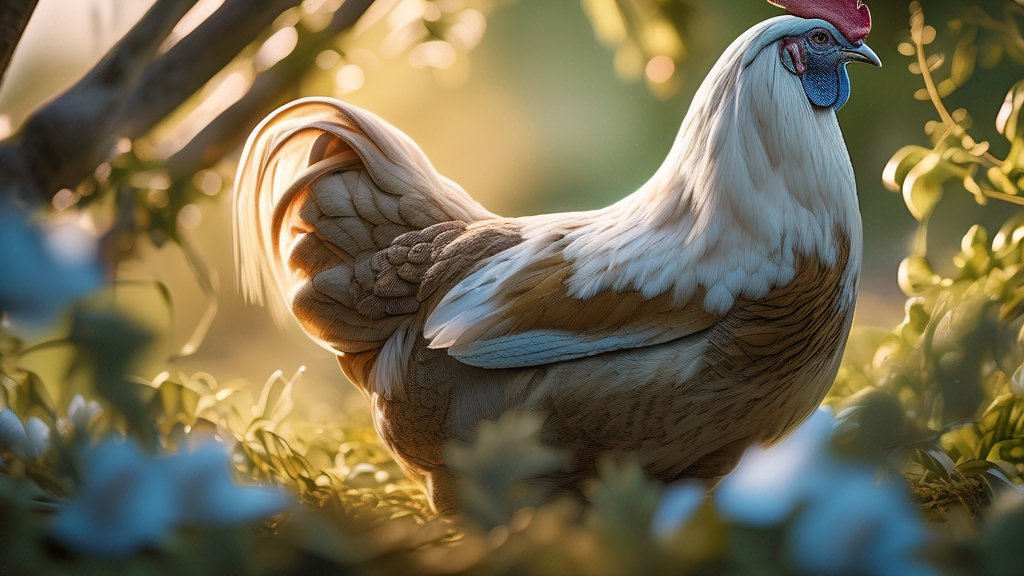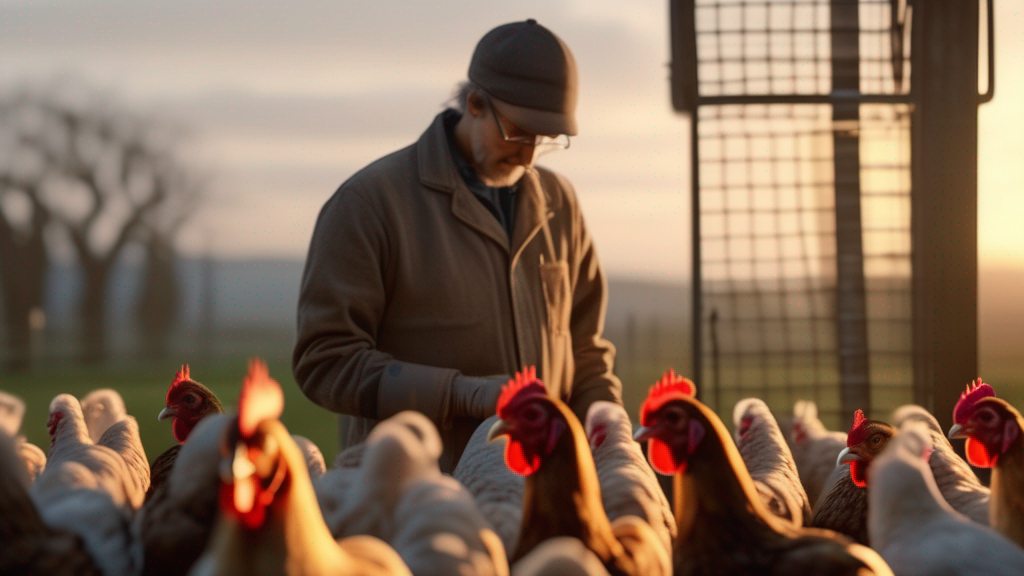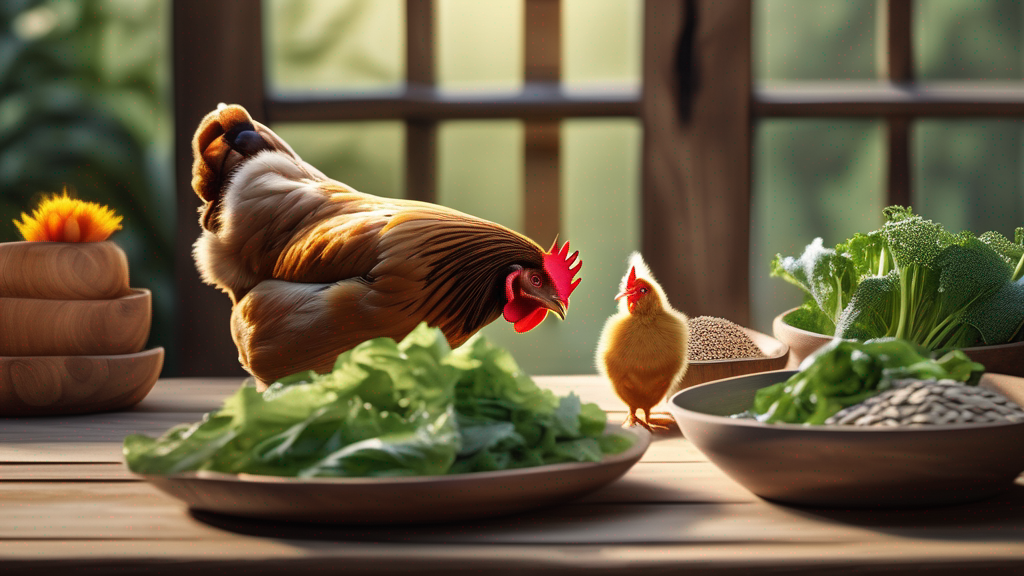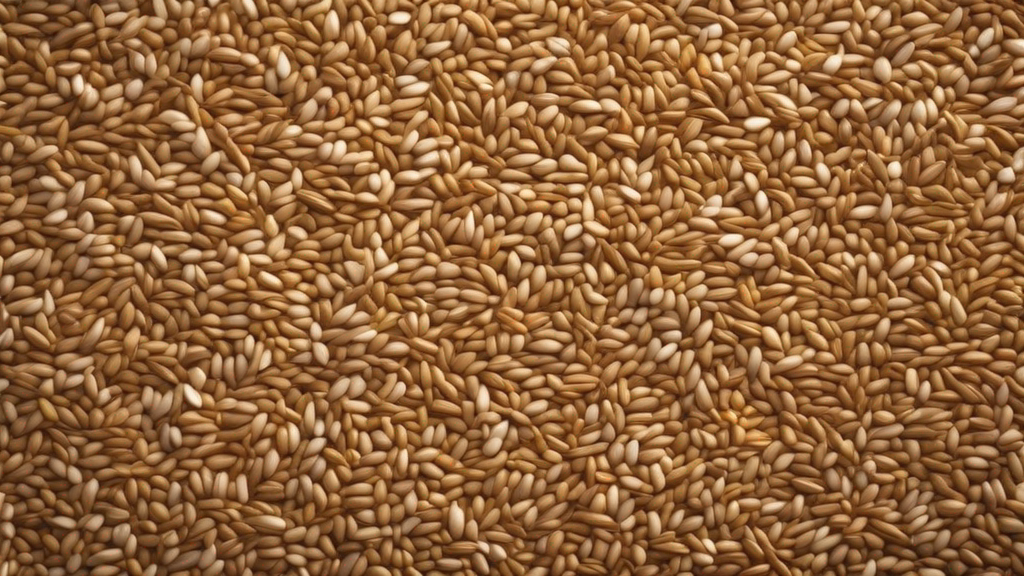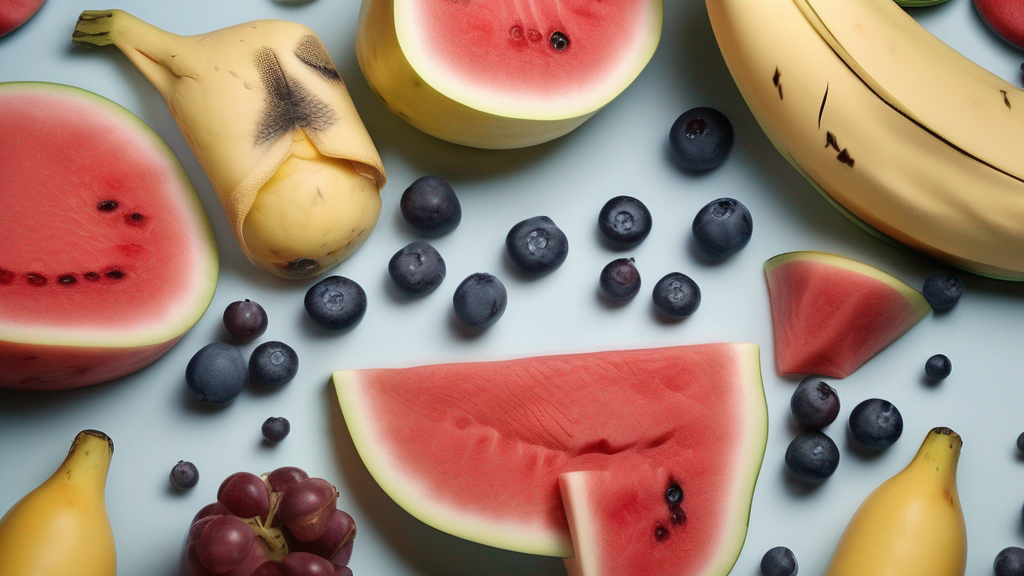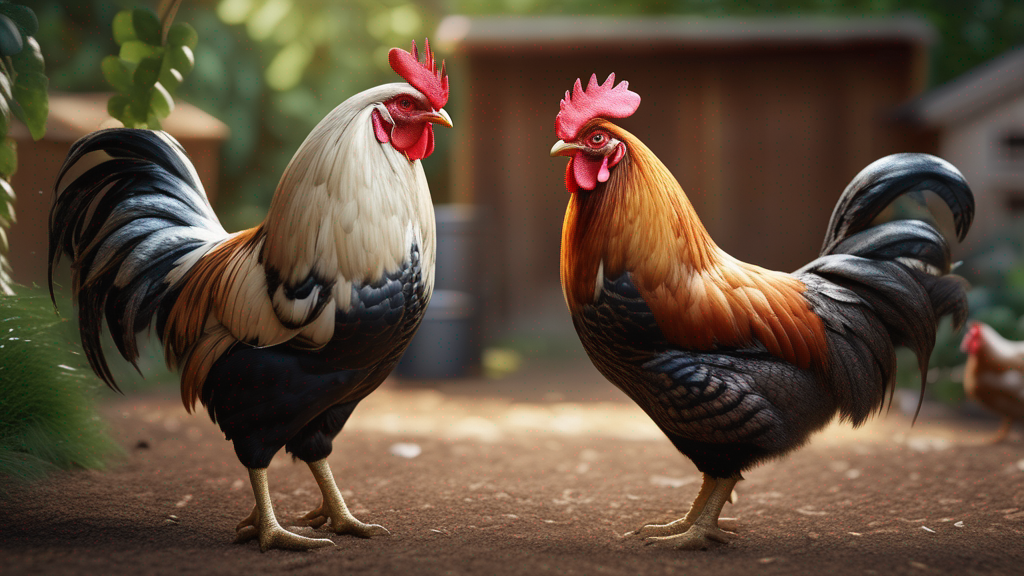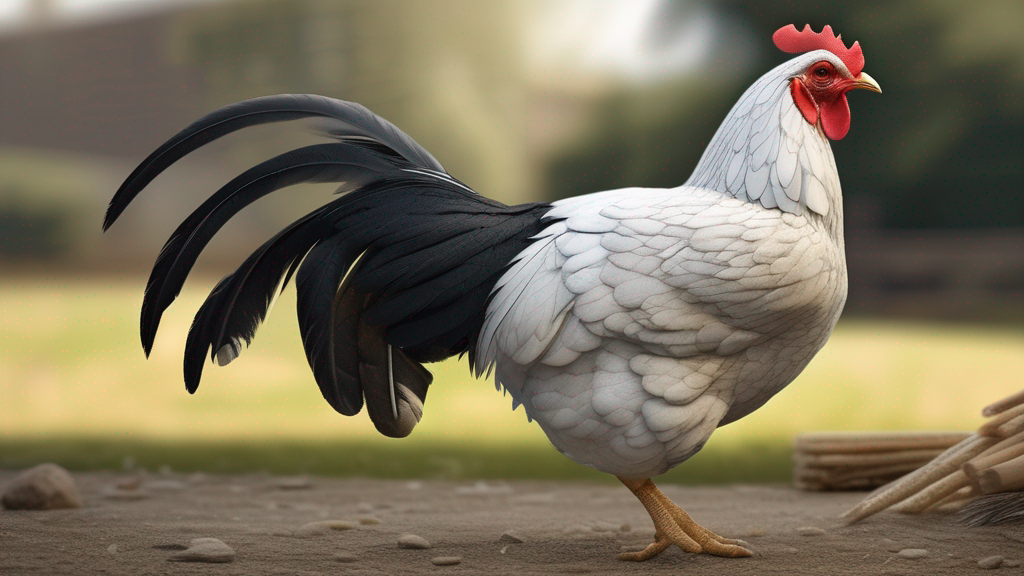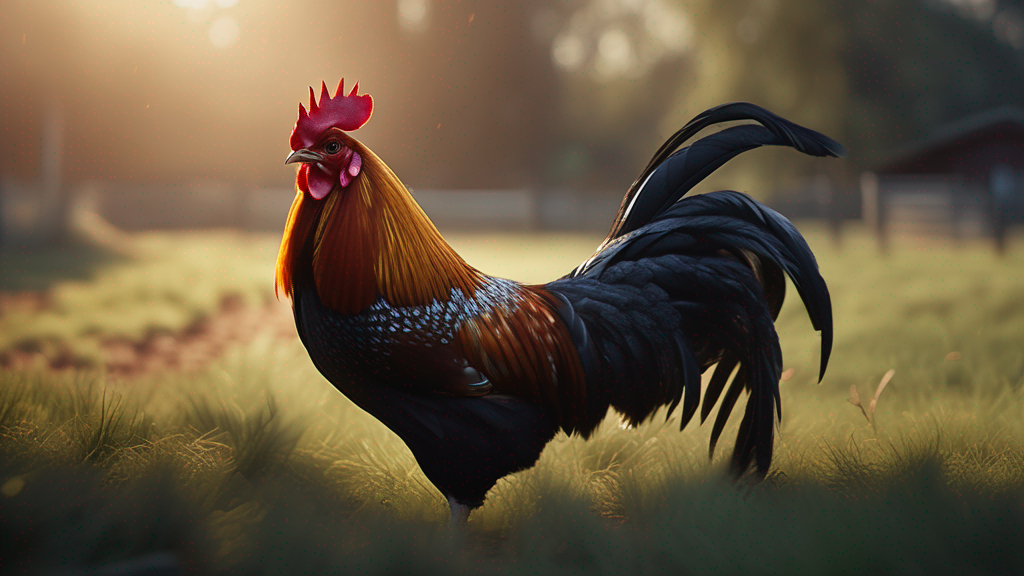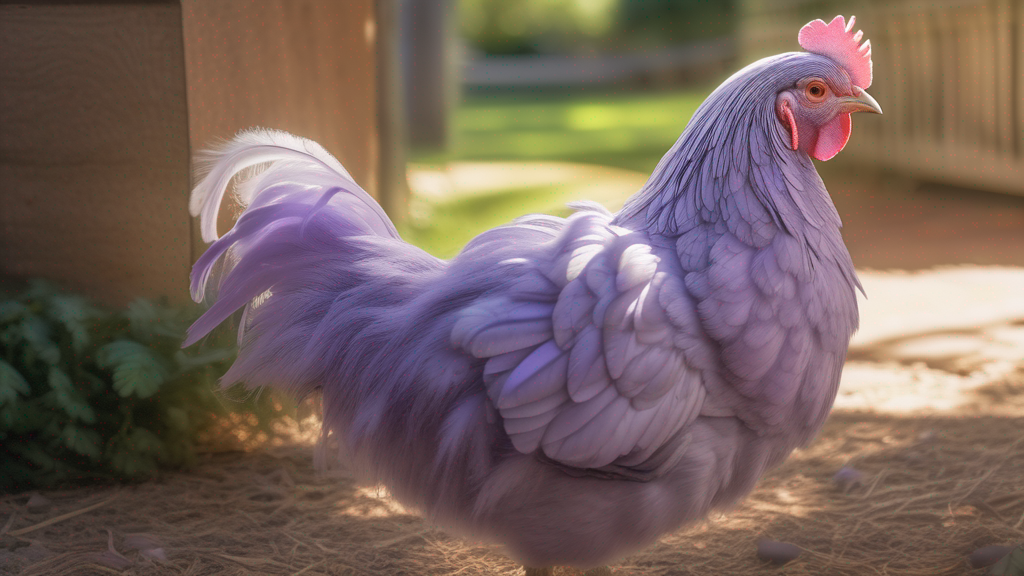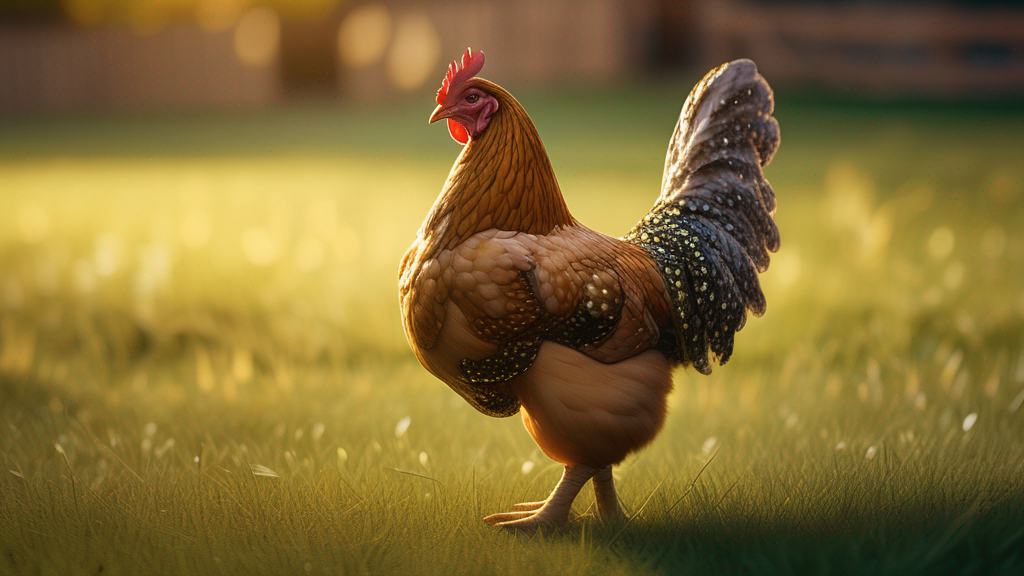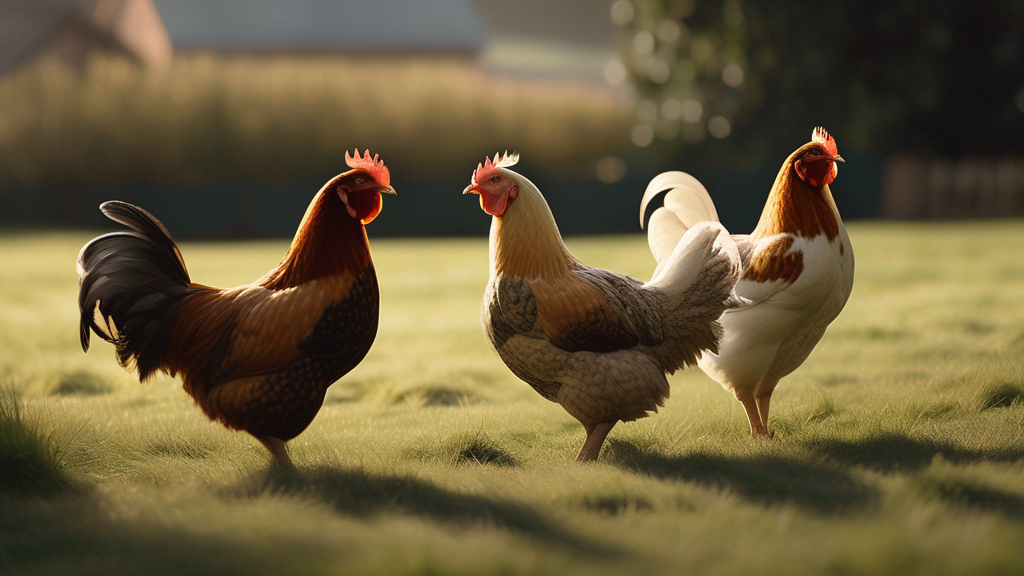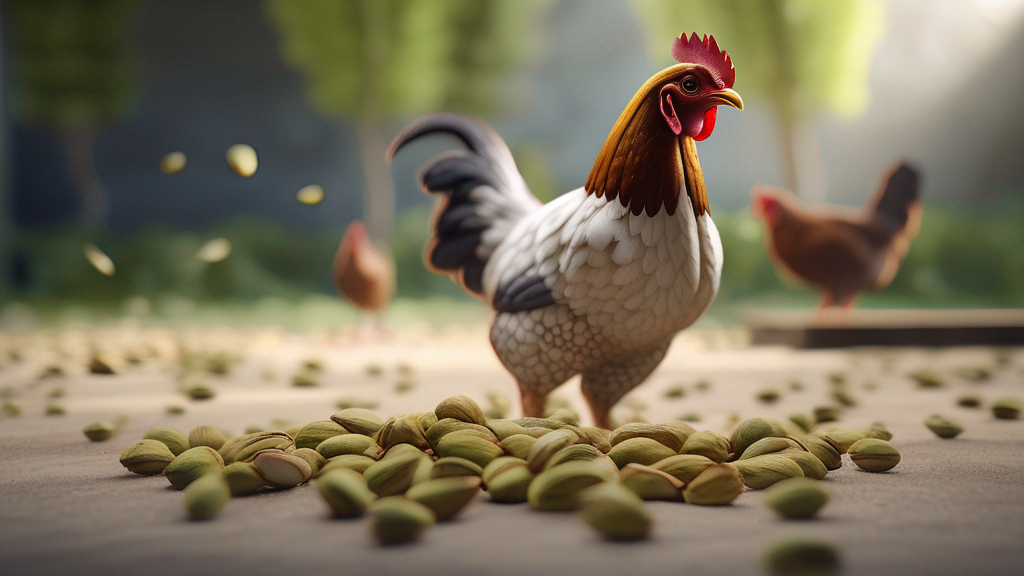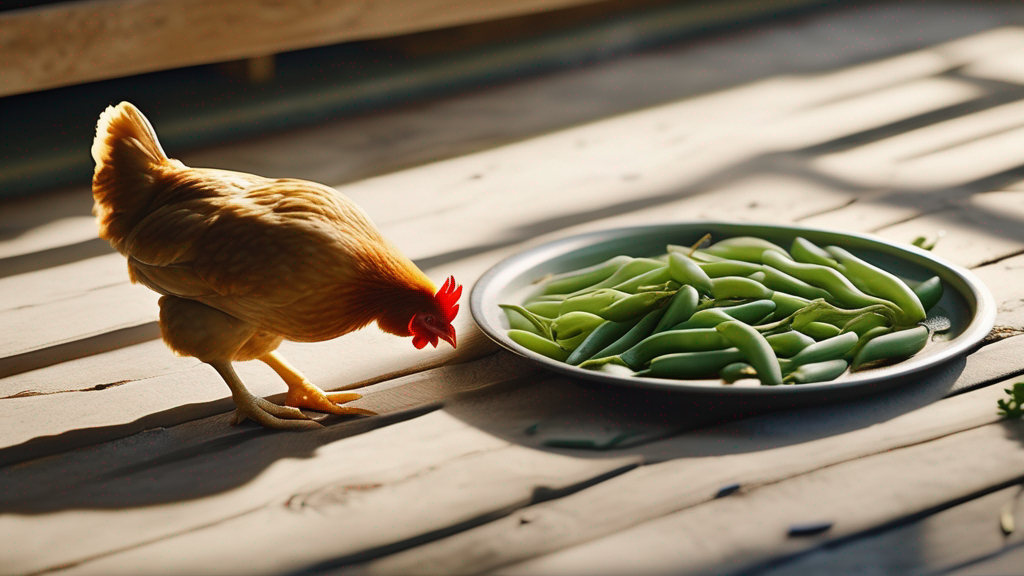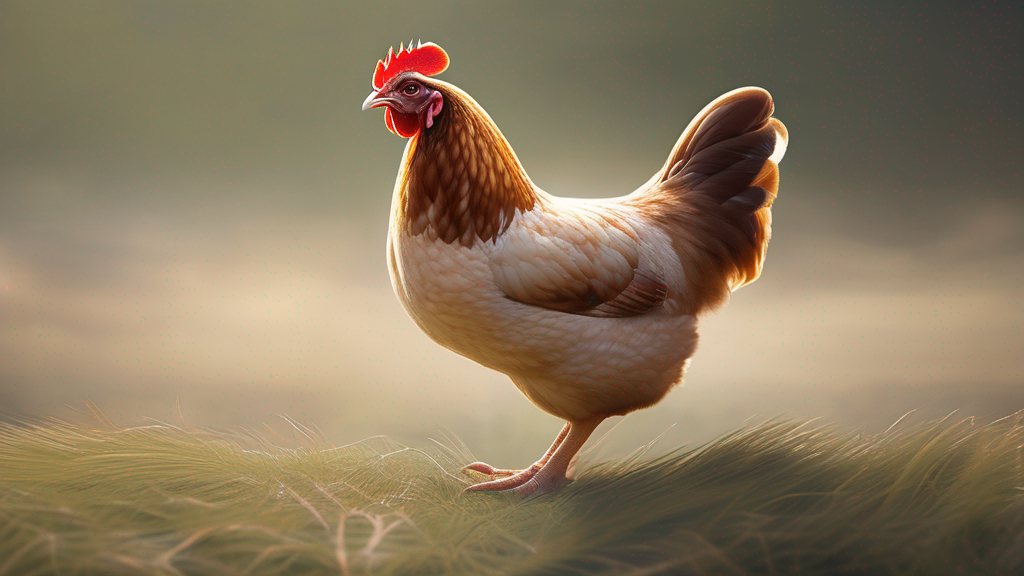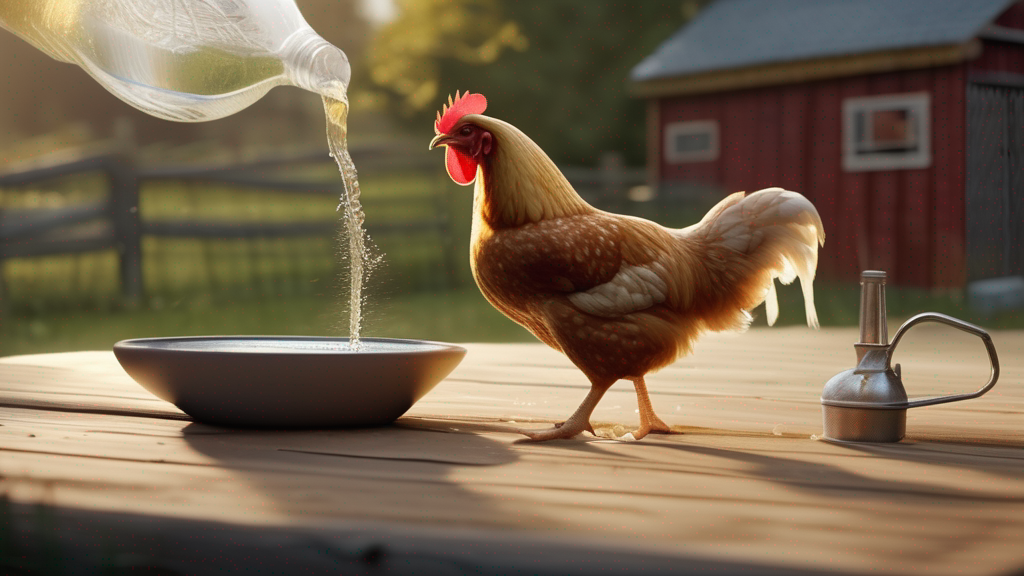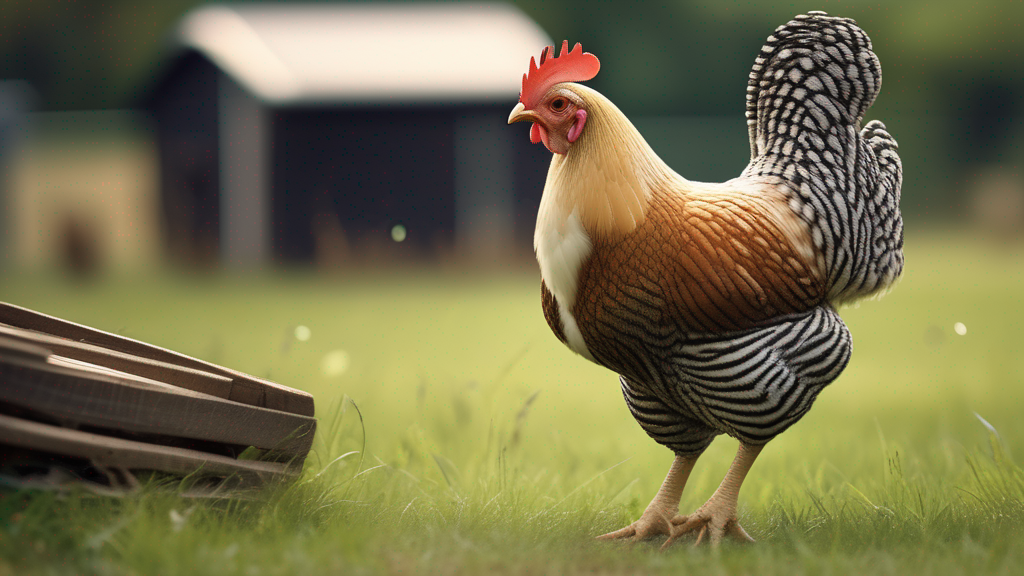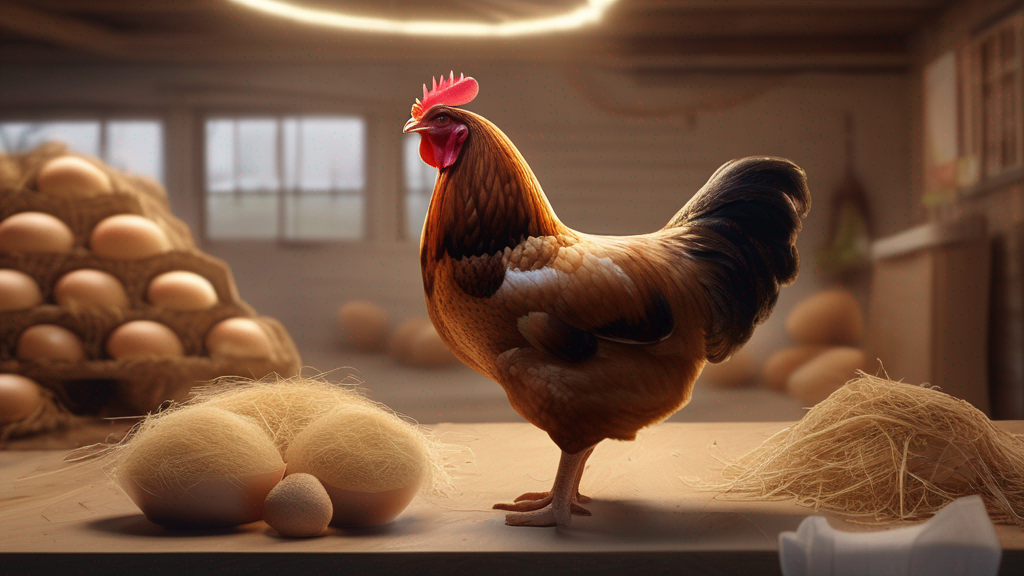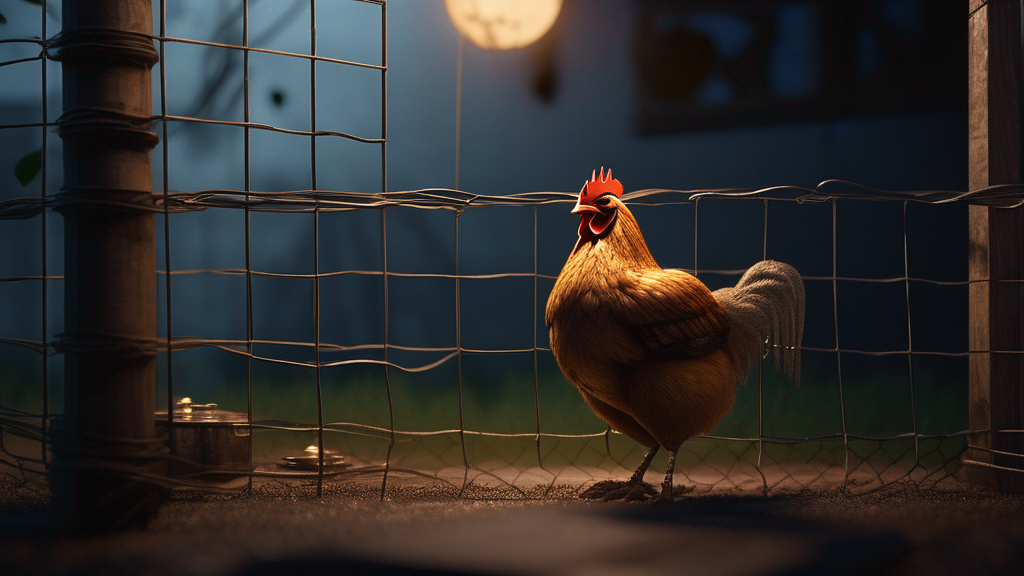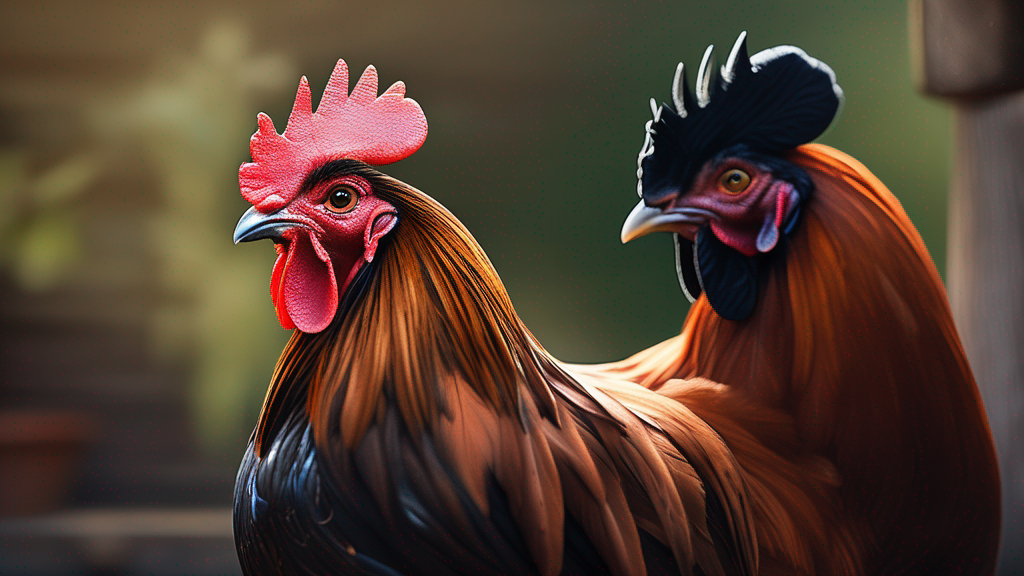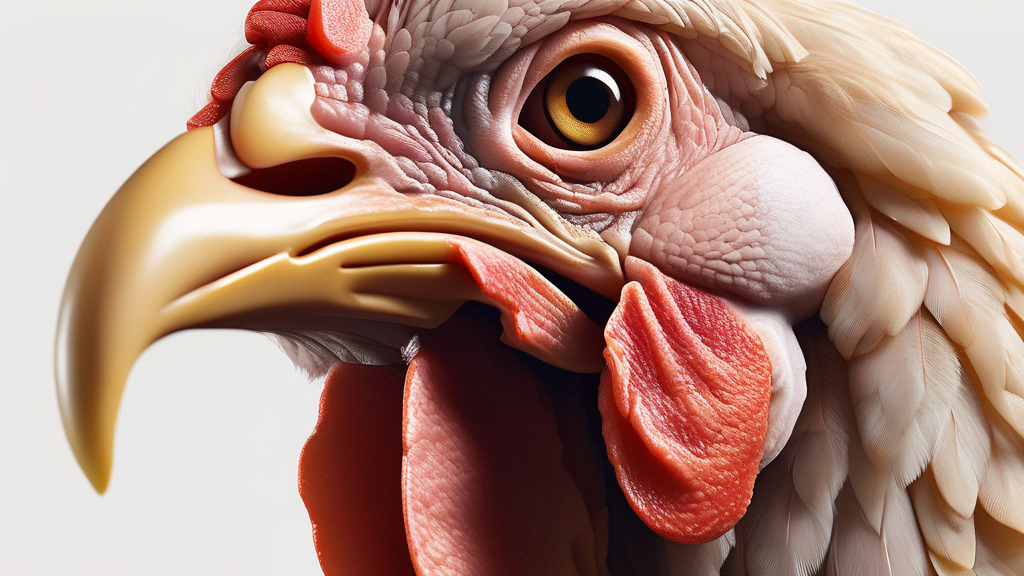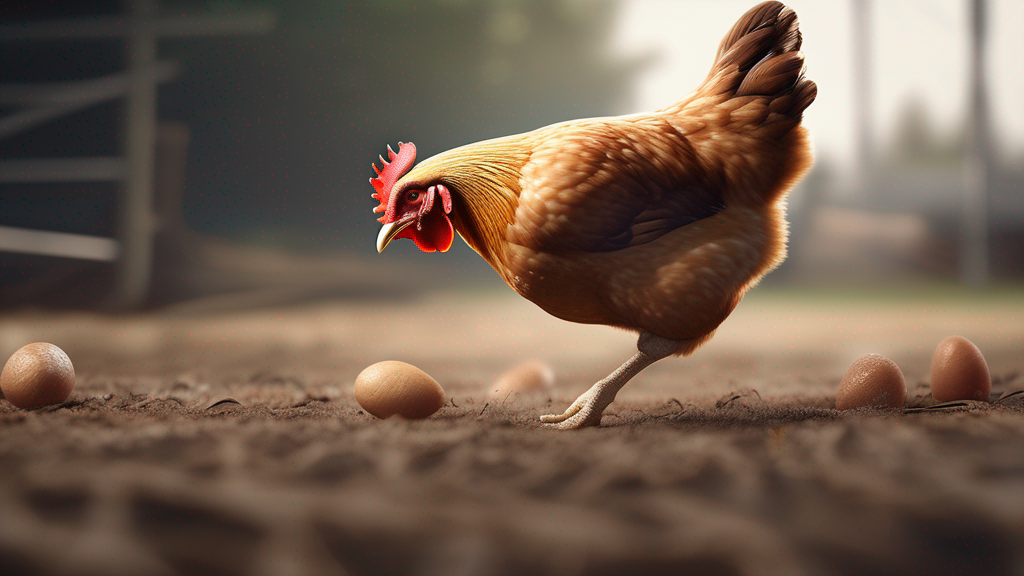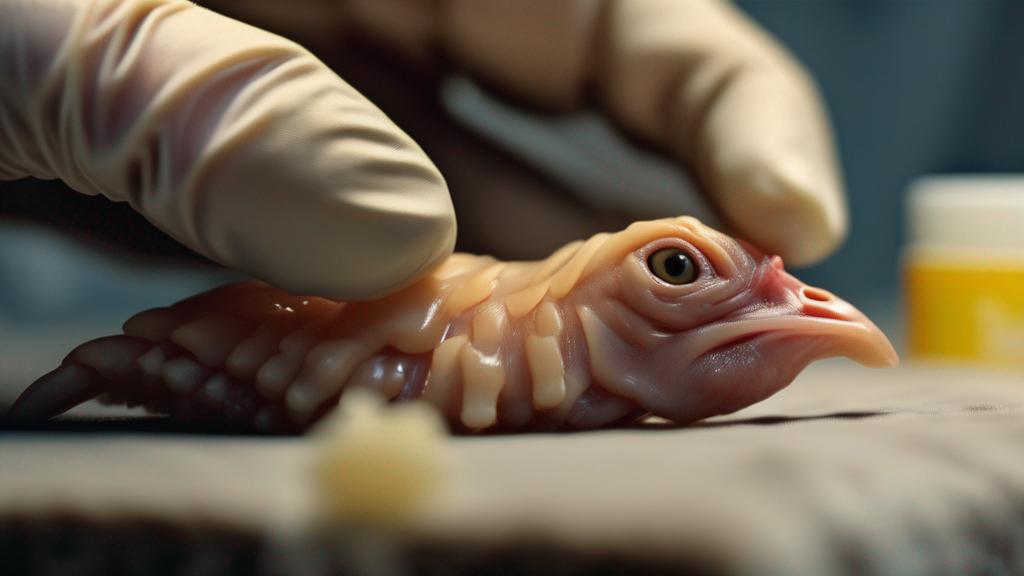Chickens use their beaks and mouths in unique ways to eat, drink, vocalize, and interact with their environment. Underlying these behaviors is a lesser-known but important organ: the tongue. In this guide, we delve into whether chickens have tongues, how their tongues are structured, what functions they serve, and what implications this has for feeding, health, and general care. By understanding tongue anatomy and function, poultry keepers can better appreciate avian physiology and recognize potential issues affecting feeding or oral health.
1. Overview of Avian Oral Anatomy
Before focusing on the tongue itself, it is helpful to place it within the broader context of chicken oral anatomy. Key structures include:
- Beak (Rhamphotheca): The external keratinized structure used for pecking, prehension of food, and grooming. The upper and lower beak meet to grasp and break apart feed.
- Oral Cavity: The mouth interior where the tongue resides, bounded by the palate above and the floor of the mouth below. Contains salivary glands, openings to the pharynx and trachea (via the glottis).
- Hyoid Apparatus: A series of small bones and cartilages supporting the tongue and throat, allowing movement and flexibility.
- Esophagus and Crop: Posterior to the oral cavity; after the tongue and swallow reflex move food backward, feed passes into the esophagus and often is stored temporarily in the crop before digestion.
2. Presence and General Structure of the Chicken Tongue
Yes, chickens do have tongues, though their tongues differ in appearance and function from mammalian tongues. Key aspects include:
2.1 Gross Anatomy
The chicken tongue is a slender, elongated organ situated on the floor of the mouth. It is composed of muscle tissue covered by a mucous membrane and supported by the hyoid apparatus. Unlike many mammals, chickens lack a fleshy, mobile tongue tip designed for complex manipulation. Instead, the tongue is relatively narrow and often appears triangular or wedge-shaped, tapering toward the tip.
The dorsal (upper) surface may bear small papillae or keratinized projections aiding in moving food. The ventral (lower) surface attaches to the floor of the mouth and connects to bones and muscles that facilitate backward movement of ingested material.
2.2 Microscopic and Skeletal Support
Under the mucous membrane, the tongue contains bundles of skeletal muscle fibers arranged to allow shortening, lengthening, and some elevation or depression. The hyoid bones lie beneath and behind the tongue, forming a framework (hyoid apparatus) that both anchors and allows controlled movement. In birds, the hyoid apparatus can be quite elaborate, extending around the skull in some species; in chickens, it supports the tongue’s basic functions rather than extreme protrusion or specialized feeding adaptations seen in nectar-feeding or wood-pecking birds.
3. Functions of the Chicken Tongue
Although not as dexterous as mammalian tongues, the chicken tongue plays several important roles:
3.1 Food Manipulation and Swallowing
When a chicken pecks or grasps feed with its beak, the tongue helps position the food within the mouth and pushes it toward the back of the oral cavity. Movements of the tongue, coordinated with jaw motions and head tilting, facilitate the swallow reflex. Smooth propulsion of particles into the esophagus prevents choking and ensures efficient ingestion.
Soft or liquid feed (e.g., soaked pellets, kitchen scraps) may require greater tongue involvement to gather and push material; firmer grains are often broken by the beak and then moved by the tongue.
3.2 Drinking Mechanism
Chickens drink by dipping their beaks into water and then raising their head to allow water to flow down the throat by gravity. The tongue aids by creating a trough or channel in the mouth, holding a small volume of water temporarily and then guiding it toward the esophagus when the head tilts back. Although chickens do not “suck” water like mammals, the tongue’s shape helps create capillary action and directs fluid flow.
3.3 Sensory Roles (Taste)
Chickens possess taste buds, though far fewer than mammals. Taste buds are located on the tongue and also scattered in the palate and throat. The tongue’s mucosa contains these taste receptors, enabling chickens to detect basic taste qualities: some sensitivity to salty, sour, bitter, and possibly sweet or umami. This guides feed selection—chickens will often peck at novel items but may reject strongly bitter or spoiled materials. While taste is less acute than in mammals, the tongue contributes to assessing palatability and avoiding toxins.
3.4 Thermoregulation and Panting
Although the tongue itself is not the primary organ for heat dissipation, during panting the mouth opens and the tongue may help increase airflow through the oropharynx. Evaporative cooling occurs from the respiratory tract; a wider oral cavity and tongue positioning can facilitate heat loss, especially in hot weather. However, chickens primarily use breathing and wing-drooping for thermoregulation, with the tongue playing a supportive role in maintaining an open airway.
3.5 Vocalization Support
The tongue assists in shaping the oral cavity when chickens produce calls and clucks. By adjusting tongue position and mouth shape, chickens can modulate sounds for communication—alarm calls, clucks, or contentment vocalizations. While the syrinx (avian vocal organ in the trachea) generates sound, the tongue influences resonance and articulation within the mouth.
3.6 Grooming and Preening Assistance
Chickens use their beaks to preen feathers, but the tongue can assist by helping reposition small particles or facilitating removal of mites or debris found during preening. Although direct tongue contact with feathers is limited, subtle movements aid manipulation of bits caught at the beak tip.
4. Comparative Anatomy: Chicken Tongue vs. Other Birds
Bird tongues vary widely according to diet and ecology. Comparing chickens to other species highlights adaptations:
| Species/Group | Diet/Feeding Behavior | Tongue Adaptation |
|---|---|---|
| Chickens (Gallus gallus domesticus) | Omnivore: grains, insects, greens | Moderately muscular, narrow; moves and channels feed/water; limited protrusion |
| Woodpeckers | Insectivorous: extract insects from wood | Long, barbed tongue capable of probing; hyoid apparatus wraps around skull |
| Hummingbirds | Nectar feeders | Long, tubular tongue with fringed tip for capillary nectar uptake |
| Parrots | Seed and fruit eaters | Thick, muscular tongue with keratinized tip to manipulate seeds, fruits; used like a hand |
| Ducks and Geese | Aquatic omnivores/filter feeders | Broad, flat tongue aiding in filtering water and food particles; serrated edges to hold prey |
| Raptors (hawks, eagles) | Meat eaters | Moderate tongue with papillae to help swallow flesh; less complex than insectivores |
Chickens occupy an intermediate niche: their tongue is suited for pecking and swallowing a variety of items but lacks extreme specializations seen in nectar feeders or probe-feeders. Understanding this helps explain why chickens must pick up food with their beaks and cannot lap water like mammals or probe deep crevices like woodpeckers.
5. Taste Buds and Flavor Perception
Chickens have relatively few taste buds—estimated in the dozens rather than thousands as in mammals. These taste buds are located on the tongue surface, the palate, and the back of the throat. Key points:
- Basic Tastes: Chickens can detect bitter flavors (often associated with toxins) and may avoid strongly bitter substances. Some evidence suggests they can perceive salty, sour, and possibly umami tastes. Sweet taste detection is less clear.
- Role in Feed Acceptance: While chickens may peck at novel items, taste helps reinforce preferences for nutritionally suitable feed and avoidance of harmful compounds. However, olfaction and texture also guide choices.
- Implications for Treats: Introducing new treats should consider taste aversion: overly salty or bitter items are rejected. Fresh, mild-flavored produce or grains are generally accepted.
6. Health and Disease Considerations Involving the Tongue
Although the tongue is robust, certain conditions can affect its function or indicate systemic issues. Keepers should be aware of the following:
6.1 Visible Lesions or Swelling
Injuries (e.g., peck wounds from flockmates), burns (unlikely unless exposed to caustic substances), or infections may cause visible ulcers, swelling, or discoloration. A healthy chicken tongue appears smooth, moist, and pinkish (though pigment may vary slightly). Any abnormal lesion warrants further inspection and possibly veterinary care.
6.2 Nutritional Deficiencies
Severe deficiencies (e.g., vitamin deficiencies) may present indirectly through poor appetite, weight loss, or oral mucosa changes. While tongue-specific signs are rare, overall oral health can reflect systemic nutrition. Ensuring balanced feed mitigates such risks.
6.3 Infectious Diseases
Certain diseases (e.g., fungal infections, avian pox lesions in the mouth, bacterial infections) can affect the oral cavity, including the tongue. Signs include difficulty eating, drooling, foul odor, lesions on mucous membranes, or secondary crop impaction if swallowing is impaired. Early detection is important: observe for reduced feed intake, weight loss, or changes in droppings.
6.4 Crop- or Throat-Related Issues
While not a tongue disease per se, problems in the crop or throat (e.g., impacted crop, sours, infections) can manifest during swallowing. The tongue’s role in moving food means that if swallowing is difficult, feed may accumulate in the crop. Monitor crop function by palpation and watch for slow crop emptying; if suspected, examine oral cavity including tongue for obstructions.
6.5 Beak and Tongue Interactions
Beak deformities (scissor beak, overgrowth) can interfere with tongue function in moving food. Regular beak maintenance (trimming if necessary) ensures the tongue can properly contact feed. Overgrown or misaligned beaks may trap feed or cause injuries to the tongue or oral mucosa.
7. Practical Implications for Feeding and Care
Knowledge of tongue anatomy and function informs best practices in feeding and general care:
7.1 Feed Form and Presentation
- Particle Size: Chickens handle small grains, pellets, mash, and finely chopped kitchen scraps well. Very large items may be difficult to manipulate; consider breaking into manageable pieces so the tongue can help push them back for swallowing.
- Hydration of Feed: Soaking hard pellets or crumbles can ease ingestion for older or ill birds whose tongue or swallowing reflex may be less efficient. The tongue helps channel moist feed more easily.
- Water Access: Ensure drinkers allow easy dipping and tilting of the head so the tongue can channel water. Shallow waterers or nipple drinkers suited to chickens facilitate drinking without excessive head tilting that might strain the throat.
7.2 Monitoring Oral Health
- Routine Checks: During health exams, briefly inspect the inside of the beak and tongue if the bird can be handled calmly. Look for color changes, lesions, or swelling.
- Handling Cautions: Use gentle restraint; avoid forcing the beak open widely, which can stress or injure the bird. Only inspect deeper if trained; seek veterinary assistance for thorough oral exams.
- Prompt Response: If a bird shows reduced appetite, weight loss, or difficulty swallowing, consider oral causes. Offer soft foods, observe crop emptying, and if persistent, consult a veterinarian to examine tongue, throat, and crop.
7.3 Environmental Enrichment Related to Oral Activity
- Foraging Opportunities: Scatter small treats mixed with grains so chickens peck and use their tongue to move bits toward the throat; this mimics natural feeding and exercises oral muscles.
- Chewing Objects: Providing safe materials (e.g., clean, untreated wood pieces or vegetables) encourages pecking and mild gnawing, helping maintain beak length and stimulating tongue activity. Avoid hard or sharp objects that could injure the tongue.
8. Age-Related and Life-Stage Considerations
The tongue’s structure does not change dramatically with age, but functional considerations vary:
8.1 Chicks and Young Birds
Chicks have small mouths and tongues; feed must be in appropriately sized starter crumble or finely ground form to allow easy manipulation and swallowing. The tongue helps push small particles, but excessively large or hard pieces can lead to choking or crop issues.
8.2 Mature Layers
Adult hens typically have well-developed oral reflexes; their tongues function efficiently for a variety of feed types. However, during stress (molt, illness), offering softer or moistened feed helps reduce workload on swallowing mechanisms.
8.3 Older Birds and Ailing Individuals
Older or sick birds may have reduced muscle tone or coordination affecting tongue movements. They might require softened feed, electrolytes in water, and close monitoring of crop emptying. Ensuring tongue and beak remain healthy supports recovery and continued eating.
9. Summary of Key Points
- Chickens possess tongues supported by the hyoid apparatus; though not as dexterous as mammals’, the tongue plays vital roles in food manipulation, swallowing, drinking, taste perception, vocalization, and assisting in grooming behaviors.
- The tongue’s structure—slender, muscular, covered by mucosa with some papillae—reflects the chicken’s omnivorous feeding habits: it channels pecked feed toward the esophagus rather than performing complex manipulations.
- Taste buds on the tongue and in other oral regions provide basic taste detection, guiding feed acceptance and avoidance of harmful substances.
- Understanding tongue anatomy helps poultry keepers optimize feed presentation (particle size, moisture), monitor oral health (lesions, crop issues), and provide appropriate care for different life stages.
- Comparative context shows chicken tongues are intermediate in specialization: suited for peck-and-swallow feeding but lacking extreme adaptations of nectar feeders or probe feeders.
- Health issues affecting the tongue or oral cavity (lesions, infections, beak deformities) can impair eating and require prompt attention through soft feed, veterinary consultation, and supportive care.
- Practical management includes routine gentle inspection when feasible, offering appropriately sized and textured feed, ensuring easy water access, and providing foraging enrichment to exercise oral muscles and maintain beak health.
10. Practical Recommendations for Keepers
- Feed Appropriately Sized Particles: Use starter crumbles for chicks, layer crumbles or pellets for adults. Break larger items into manageable pieces to aid tongue-mediated swallowing.
- Soften Feed When Needed: For older, ill, or recovering birds, moisten feed to reduce effort required by the tongue and throat muscles.
- Ensure Proper Drinking Setup: Provide drinkers that allow comfortable drinking postures; verify that water flows easily into the throat with minimal head strain.
- Monitor Oral Health: During routine handling, glance inside the beak if the bird tolerates it. Note any color changes, lesions, or swelling on the tongue or mouth floor.
- Address Beak Issues Promptly: Misaligned or overgrown beaks can impede tongue function; trim or correct under veterinary guidance or experienced hands.
- Offer Enrichment: Scatter small treats or safe chewable items to encourage pecking and gentle tongue use, supporting natural behaviors and oral muscle activity.
- Observe Eating Behavior: Watch for signs of difficulty swallowing: head shaking, dropping feed, extended time eating, or crop retention. If noted, provide supportive care and seek veterinary advice if persistent.
- Adjust for Life Stage: Provide specific feed forms for chicks, adults, and seniors; consider the tongue’s role in swallowing when planning diet and feeding methods.
Conclusion
Although often overlooked, the chicken tongue is a vital part of avian feeding, drinking, taste perception, and oral health. Its anatomy—muscular, supported by the hyoid apparatus, with limited but sufficient mobility—reflects the chicken’s feeding strategy: pecking and swallowing a variety of items rather than complex manipulation. By understanding how the tongue functions, poultry keepers can optimize feed forms, detect potential oral or swallowing issues early, and provide targeted care throughout a bird’s life stages. Observing oral health, ensuring appropriate feed presentation, and offering enrichment all contribute to a healthy flock with efficient feeding behavior. Recognizing that chickens do have tongues—and appreciating their role—enhances overall poultry management and bird welfare.
